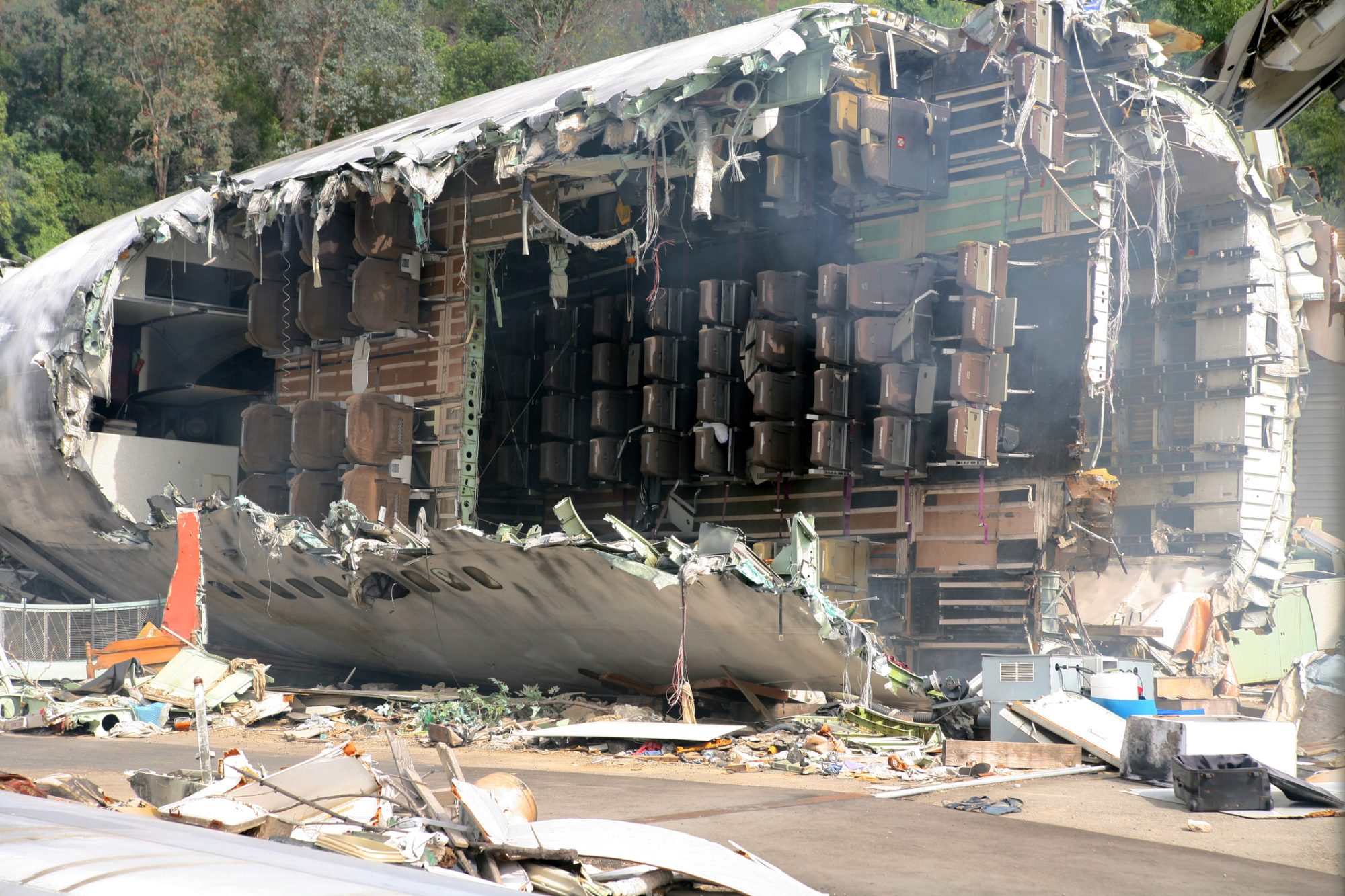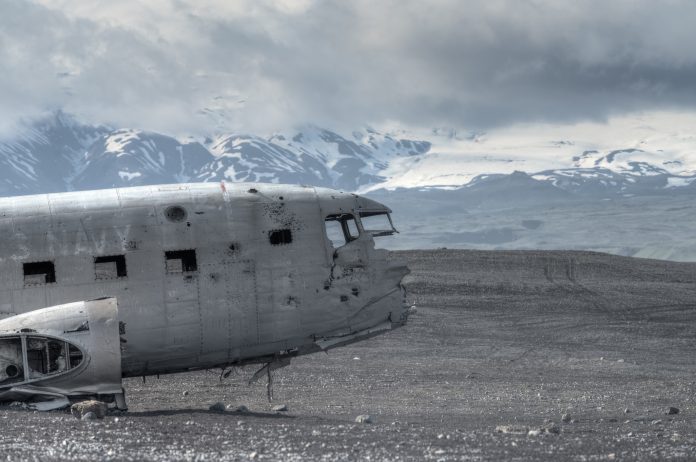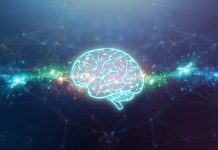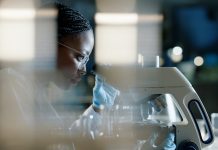Prof Emilio Nuzzolese from University of Turin sheds light on disaster victim identification, training and the human rights of the dead
Forensic experts involved in human identification collect information from police and families of the missing, compare them with the identifying features and the data collected during the autopsy, and successfully restore the identity of a dead person. Forensic pathologists, odontologists, anthropologists, biologists and fingerprints technicians are involved in the identification process of human remains where visual recognition is not possible or not appropriate.
What is Disaster Victim Identification (DVI)?
For the families of the missing, returning an identity to unidentified human remains is a crucial part of the process of grieving. A human being is a person, either alive or dead, but without an identity, a person has no rights. The work done by forensic experts, while performing a human identification, is also aimed at restoring the human rights of the dead and a whole dignified management of procedures throughout.
One of the activities of the human identification process is Disaster Victim Identification (DVI), which is a more complex and often international operation. DVI specialists collect dental data, dental radiographs, DNA, fingerprints and record other identifying features (tattoos, scars, jewellery, personal belongings, clothing). An identification cannot avoid the postmortem collection and analysis of dental data for the preliminary reconstruction of the biological profile of the cadaver.
“A key for best practice in the management of the dead is training and planning, before a disaster occurs, to be ready with DVI specialists and logistic resources.”
The DVI process requires and the collection of information from families and next of kin of the victims. These are medical and dental records, as well as old radiographs, portrait pictures and selfies showing teeth. Data collected is then compared with the postmortem data in order and, through a reconciliation process, the victim’s identity is achieved.
Training and planning before a disaster happens
Countries have set up DVI teams to perform the human identification process applying best standards and allow international cooperation. Mass disasters very often involve multinational casualties and fatalities, and international cooperation is pivotal to achieve positive results, as the postmortem data collection from the victims is only on the stages of the process and the antemortem data must be obtained from the country of origin of the victim.
A key for best practice in the management of the dead is training and planning before a disaster occurs, to be ready with DVI specialists and logistic resources. Training must develop knowledge and skills in the management of the technical and forensic activities related to Disaster Victim Identification following mass disasters, major accidents or terrorist attack.
Knowledge and competences in forensic sciences are the starting point, but DVI training goes further. The recovery, collection recording and analysis of postmortem data protocols must be applied, and the forms suggested by Interpol (and NATO) used.

DVI training goes further than forensic sciences
The international scenario of mass disasters requires standards and operational procedures which allow experts from various countries to work effectively, independently from their nationality and spoken languages. DVI teams within police agencies have usually periodical training, sometimes open to consultants, as forensic odontologists. Some universities and forensic organisations offer also specific training in DVI. But one should never forget the identification after a disaster is always a police investigation, with some rare exceptions.
Among international agencies and resources available in this field are groups of international experts, like the one created in Lyon, France, in 2015, named Forensic Odontology for Human Rights, which became in 2019 a volunteering association (AFHOR) of all those experts interested or involved in best practice in human identification and age estimation. Today AFOHR has a network of over 100 experts from almost 30 nationalities.











